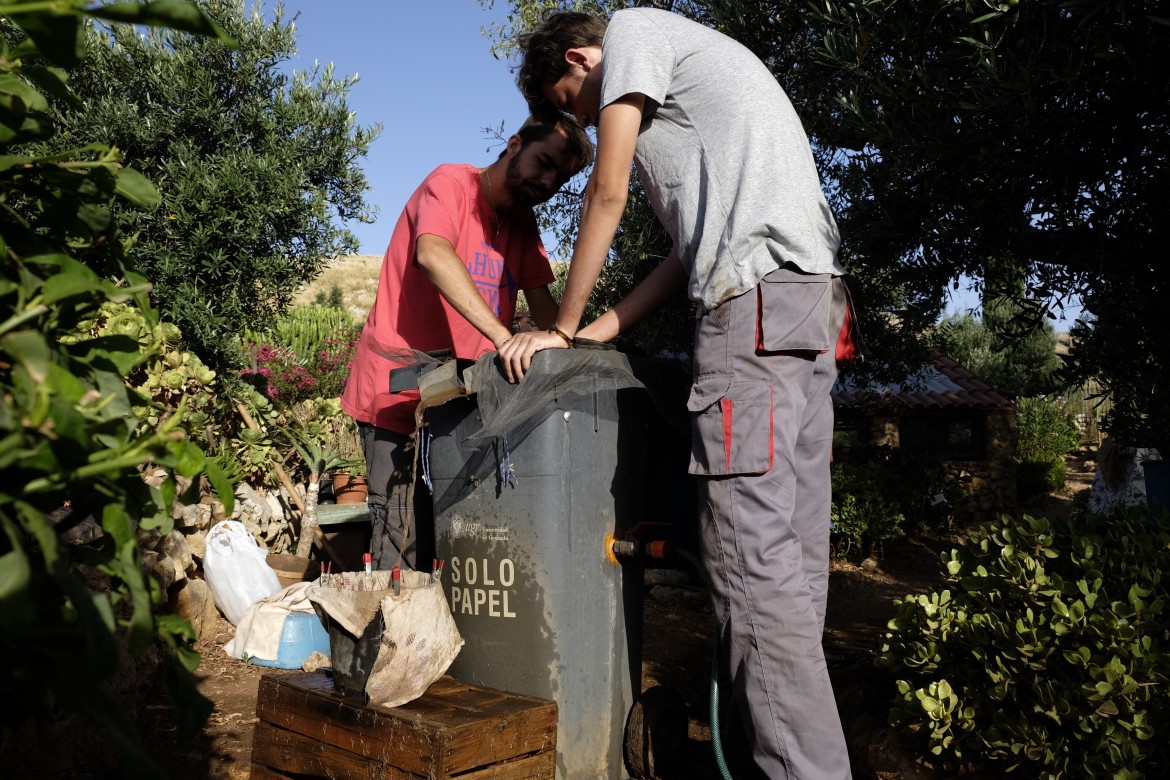
Scientific director Prof. José Maria Martín Civantos
Custonaci (Sicily), Italy
Period: July 2016
Partners involved: USHEFF, UGR, UNIPA (RTD activities) & ARQUEO
During 2016 the excavation at Pizzo Monaco took place during the month of July.
The sondages performed during 2016 allowed to extend the number of excavated cells. The archaeological site counts with a total of 24 excavated cells and 6 internal thoroughfares. So far, the cells show the same construction characteristics, with walls made of masonry, and no other building techniques have been identified. All cells (excluding those found during 2014-2015 campaign in test pit 20.000) show a single access opening from one of the thoroughfares. Additionally to the oven found in previous campaign, two other have been identified in cells 3 and 6, at test pit 30.000. This finding allows us to hypothesize that for a short period of time the site could have been used as shelter by the local population.
We confirm its main use as a collective fortified granary, which served to storage surplus production as well as a safe deposit for the most valued goods of the people who reside at the settlement located in the lower part of the mountain, what today is the fountain of Baida.
Another interesting element found this year has been at the north front of the main wall. In the exterior side of this wall, a tower had been superficially identified by the way in which the stones had collapsed. However, when excavating inner side of the wall, a space initially identified as another cell, has shown a new structure attached to the wall, that seems to present a different technique from those identified so far in the archaeological site. A collapse composed by soil with a texture and color different from the rest of the remains found leads us to think it could be a smaller wall made of soil. Additionally, a possible stair structure to access the tower was found at this site as well. We will need further archaeological interventions to better identify this finding.
As in previous years, guided visits to the excavation have been organized, in collaboration with local associations such as Sicilia Antica. Also, the seminar “Paesaggiculturali in AmbientiMediterranei di Montagna” organized in collaboration with the association Salviamoilcastello di Baida, included a visit for participants to the archaeological site.

